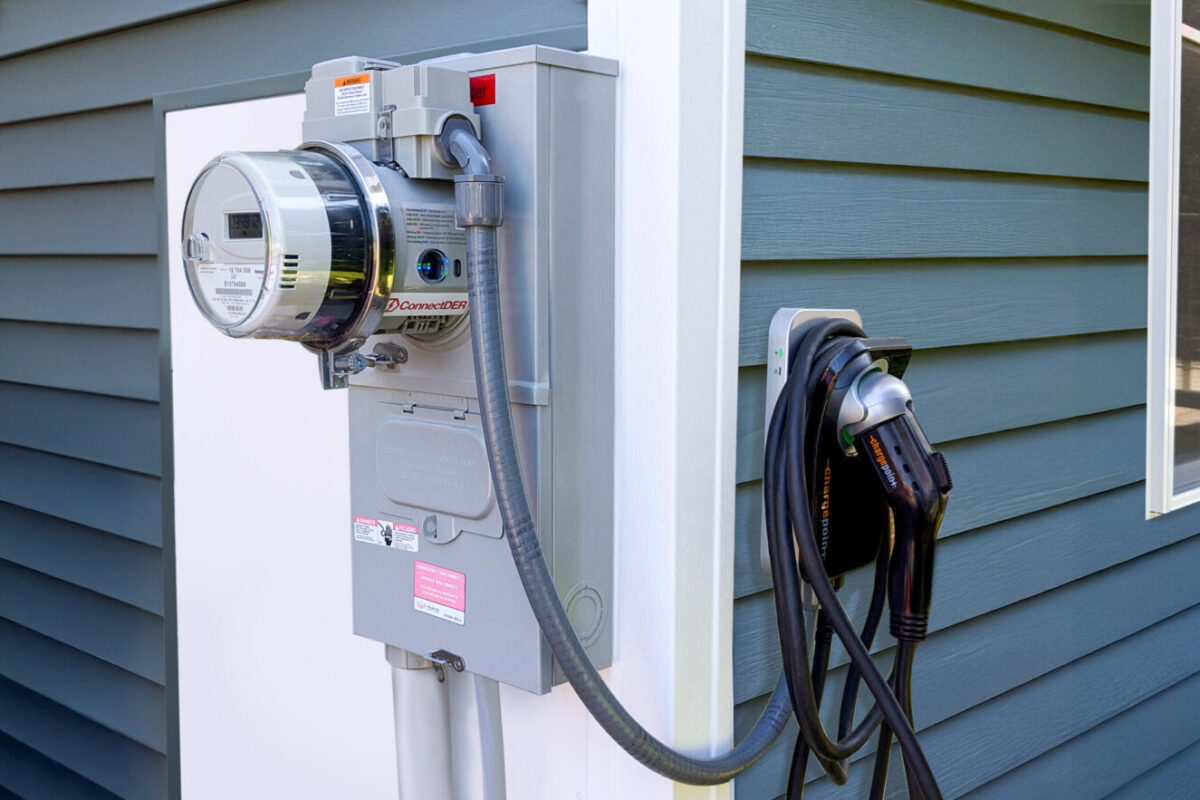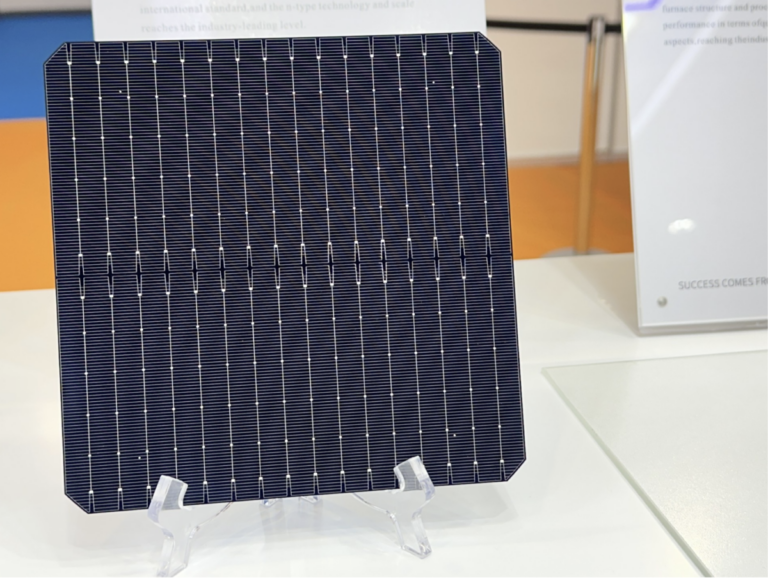The push to bring the U.S. solar manufacturing supply chain to our country has come with the challenge of an imbalanced capacity of domestically made modules, cells, wafers and blocks. But the tide could be turning, according to “US Solar Market Insight Q4 2024” report by SEIA and Wood Mackenzie.
Domestic module production capacity increased by more than 9 GW to nearly 40 GW in the third quarter, with five new or expanded factories in Alabama, Florida, Ohio and Texas. Capacity has increased almost fivefold since the end of the second quarter of 2022, when it stood at 7 GW, just before the introduction of the domestic production and purchasing tax credits in the US Inflation Reduction Act.
At full capacity, the United States can now produce enough solar panels to meet almost all domestic demand, according to SEIA and Wood Mackenzie. According to the report, demand is expected to reach 40.5 GW (DC) in 2024, followed by an average annual volume of at least 43 GW between 2025 and 2029.
However, cell production started more slowly due to the complex and expensive process. According to the report, the first U.S. cell manufacturing facility opened in the third quarter – the first since 2019.
To read further, visit our pv magazine USA website.
This content is copyrighted and may not be reused. If you would like to collaborate with us and reuse some of our content, please contact: editors@pv-magazine.com.
Popular content



